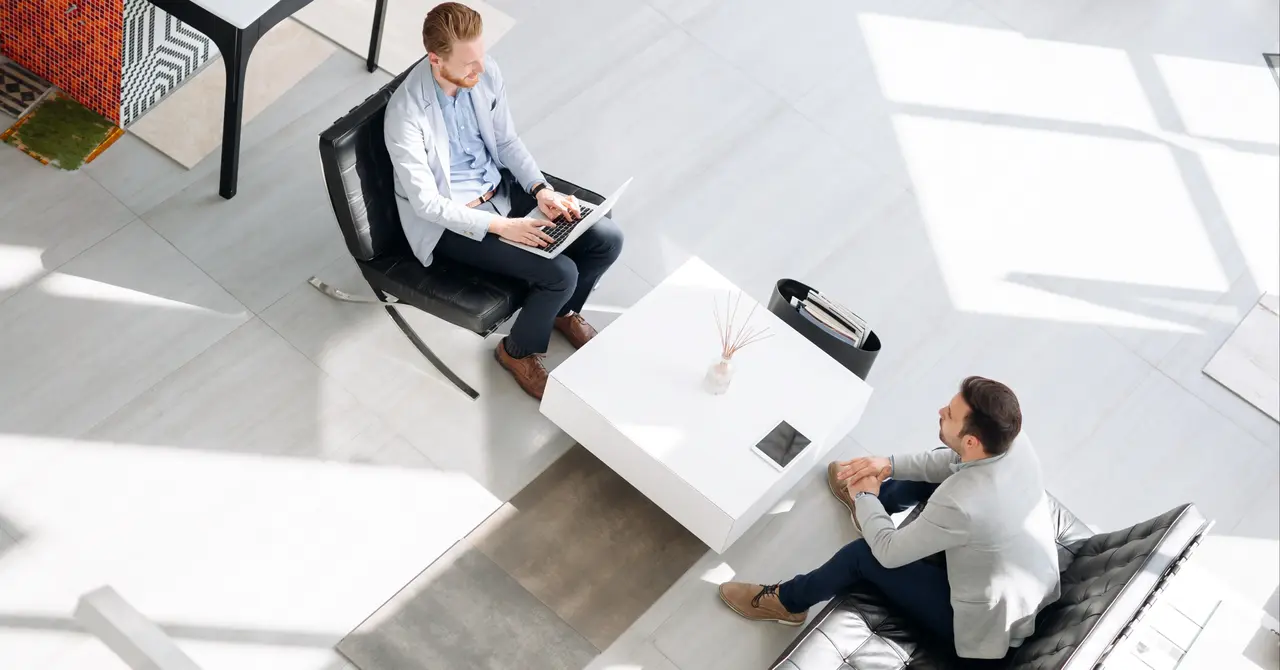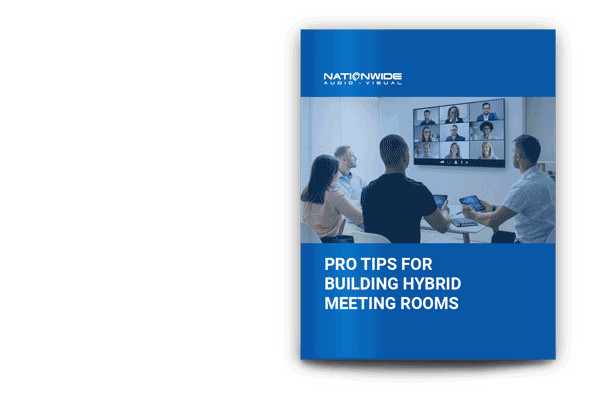Design Spaces that Support Employee Engagement and Well-Being
Employee engagement impacts performance and productivity, so it makes sense that executives worry about how engaged workers are in a flexible and hybrid environment.
Engaged teams miss work 81% less and have 43% lower turnover than employees who are less engaged. The question is how to keep today’s employees engaged. The answer can include a combination of measures, but one important factor is the work environment.
Even in a hybrid workplace, the tools and office spaces can inspire, support, and encourage employees so that they want to be engaged and excited to work and collaborate. Here are some ways to engage employees by implementing better technology and workspaces.
Boost Productivity with Better Technology
The corporate world often leads in technology adoption. Businesses have long wanted to improve productivity and quality, but now they’re also using tech to improve the employee experience.
Technology should make employee work easier. Workers want to be good at what they do and be able to focus on their most important tasks. They don’t want to be bogged down by trying to make tools work correctly.
Popular collaboration technologies include video conferencing, booking software, control panels, digital displays, virtual whiteboards, and other interactive tools. These technologies help employees be more efficient and productive by supporting, streamlining, and automating work. Thanks to technology, there are many tasks you no longer have to do to have a meeting, like ask for everyone’s availability, commute to the office, print and hand out documents, manually launch meetings, and find available collaboration spaces.
If you also standardize solutions, tools are easier for employees to use and manage. They’ll have confidence that they can use collaboration tools when it’s time to start or connect to a meeting, no matter the workspace.
How Flexible Workspaces Boost Engagement
Flexible workspaces are places where you can optimize the environment for the type of work at hand. It’s hard to be engaged and fully present when you’re not in the right type of workspace. For example, the wrong space can:
- Allow too much noise
- Be too small for all participants
- Create too much distance between people and whiteboards
- Cause echo and other issues on calls
Employees can be more engaged and productive when they’re not worrying about the tools or the environment. If room users can move and adjust technology and furniture to accommodate different kinds of collaboration, they’ll be more productive because they can work the way they want to.
It also pays to think outside the meeting room. For example, a display in the cafeteria can be used for announcements during lunch, and the space and technology can also be used for ad hoc meetings at other times. Your company gets better ROI from space and technology investments because a room can be used for multiple purposes.
Design Office Spaces for Employee Well-Being
The workplace can have a big impact on employee engagement, mood, productivity, and health. Consider a space’s temperature, air circulation, workstation ergonomics, areas to relax, and more.
While 44% of employees state that they’re stressed, 56% of actively disengaged employees say they’re stressed. Creating environments that support engagement can decrease stress and improve work.
Plants, windows, and decluttered spaces (think cable management) can all reduce stress and make the office a more pleasant place to spend time. Adequate lighting and some natural light help improve productivity and well-being. Flexible spaces also require flexible lighting that can be adjusted based on the activity.
Spaces that accommodate different kinds of work–from lively collaboration to focused sessions–will also need flexible sound options. Noise-canceling headphones, sound dampening, and sound masking are just a few of the ways to ensure spaces can accommodate both noise and quiet.
Flexible workspace design allows employees to focus on the work itself. That means that spaces are designed for more than just comfort. Carefully designed and equipped workspaces can help employees be more creative and excited to work.
How a Technology Partner Can Help
By using technology to strategically design spaces that prioritize flexibility and employee well-being, you create a more engaging environment. To learn more about designing flexible workspaces, talk to a technology expert at Nationwide Audio Visual.



